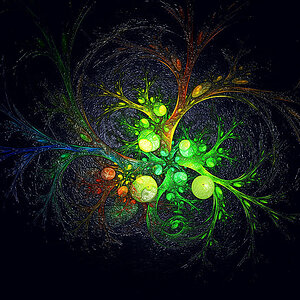Vark
TPF Noob!
- Joined
- Aug 7, 2017
- Messages
- 7
- Reaction score
- 0
- Can others edit my Photos
- Photos OK to edit
Hello,
I am sure you are probably already tired of newbies requesting advice on camera equipment, but I am simply overwhelmed by the amount of information on the internet.
My name is Sven, I am 24 years old and I will start a small journey soon, which I want to take as an opportunity to get a decent camera (I have been taking pictures with my phone or the DSLR of my father before).
I want to use the camera mainly for landscapes and portraits, so a decent zoom would be nice, but definitely not necessary. It would be very nice to get decent photos in poorly-lit conditions (evening etc.). Also, as I will probably travel a lot, I do not want to carry a huge DSLR with me all the time, a more compact camera would be good.
EDIT: A viewfinder in the camera would be nice, though.
I know enough about photography to not always use automatic mode, but little more.
My budget is quite variable. It would be nice to get a camera for about 300€ (sorry, european here), but if the price is justified I am willing to spend twice as much.
At the moment I am tending towards either the Sony Alpha 6000 (I really like that you can change the objectives, although to be realistic I can probably not afford more than the kit one) or the Sony RX100 (I heard that despite the smaller sensor it is really good).
Could you maybe point me towards a direction where to look and what to look for? Which of the upper two would better fit my needs?
Sorry for bothering you with these newbie questions!
Kind regards,
Sven
I am sure you are probably already tired of newbies requesting advice on camera equipment, but I am simply overwhelmed by the amount of information on the internet.
My name is Sven, I am 24 years old and I will start a small journey soon, which I want to take as an opportunity to get a decent camera (I have been taking pictures with my phone or the DSLR of my father before).
I want to use the camera mainly for landscapes and portraits, so a decent zoom would be nice, but definitely not necessary. It would be very nice to get decent photos in poorly-lit conditions (evening etc.). Also, as I will probably travel a lot, I do not want to carry a huge DSLR with me all the time, a more compact camera would be good.
EDIT: A viewfinder in the camera would be nice, though.
I know enough about photography to not always use automatic mode, but little more.
My budget is quite variable. It would be nice to get a camera for about 300€ (sorry, european here), but if the price is justified I am willing to spend twice as much.
At the moment I am tending towards either the Sony Alpha 6000 (I really like that you can change the objectives, although to be realistic I can probably not afford more than the kit one) or the Sony RX100 (I heard that despite the smaller sensor it is really good).
Could you maybe point me towards a direction where to look and what to look for? Which of the upper two would better fit my needs?
Sorry for bothering you with these newbie questions!
Kind regards,
Sven


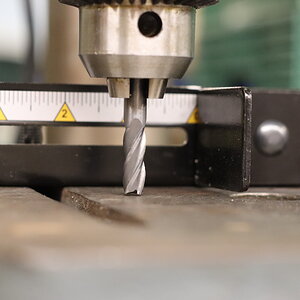
![[No title]](/data/xfmg/thumbnail/30/30890-45d8875af0c79f0f727d7d55132972b0.jpg?1619734501)
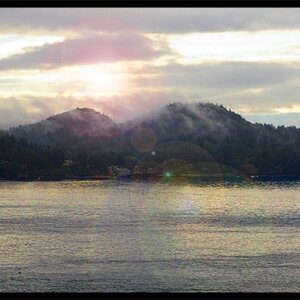
![[No title]](/data/xfmg/thumbnail/36/36397-b2aca1c8ba1009853020154d6dd4b0e5.jpg?1619737550)
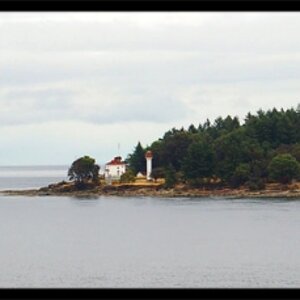
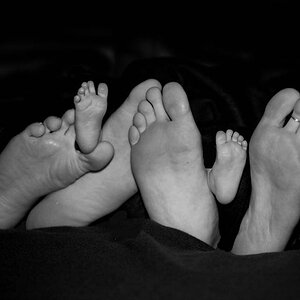

![[No title]](/data/xfmg/thumbnail/31/31011-439c1242fe08cf6b54f32bf06523a567.jpg?1619734567)
